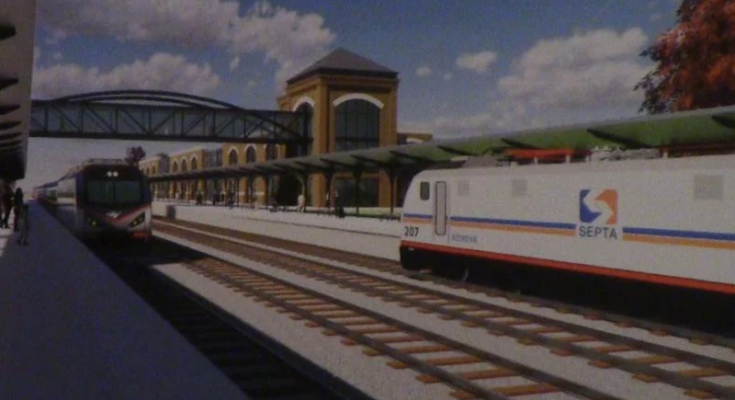The recent inauguration of the Claymont Transportation Center marks a new era in Delaware’s public transportation landscape. This modern facility, officially named the McDowell Transportation Center, is a cornerstone of the broader redevelopment strategy for the region. With operations starting in early December 2023, the new station will replace the outdated station located a half mile to the south.
The center is more than just a transit hub; it’s a symbol of Claymont’s rebirth and a key element in revitalizing the area according to public officials. It’s part of a plan that includes not just the transportation center but also residential and commercial developments, potentially transforming Claymont into a more dynamic and economically vibrant community.
One of the most notable features of the new center is its ample parking capacity. The facility boasts a parking garage with 464 spaces and an adjacent surface parking area, offering a total capacity of over 800 parking spaces, significantly more than the approximately 500 spots at the previous station. Presently, parking is free, and while the garage is designed to accommodate a payment system in the future, there are no immediate plans to charge for parking.
The design of the Claymont Transportation Center emphasizes accessibility and convenience. Two 630-foot-long train platforms, each equipped with widescreens, facilitate easier boarding for passengers. The new high-level platforms align with train doors, mitigating previous accessibility issues noted at the old station. This feature is enhanced by an impressive pedestrian bridge that spans across four Amtrak and SEPTA tracks, further supported by two elevators on each side for added accessibility.
Art also plays a significant role in the station’s design. A large stained glass and stainless steel holographic, kinetic sculpture titled “Phoenix” greets commuters, symbolizing the area’s rejuvenation and its historical connection to the Phoenix Steel Corporation. Additionally, eight windscreen shelters on the station platform feature art glass compositions, depicting various trees native to Delaware, adding a unique aesthetic to the facility.
Besides serving rail riders, the station doubles as a hub for DART buses and SEPTA’s 113 line, integrating various transportation options in one strategic location. The station’s improved facilities and strategic location are expected to attract more commuters, including those currently using stations in Wilmington and Marcus Hook, Pennsylvania.

